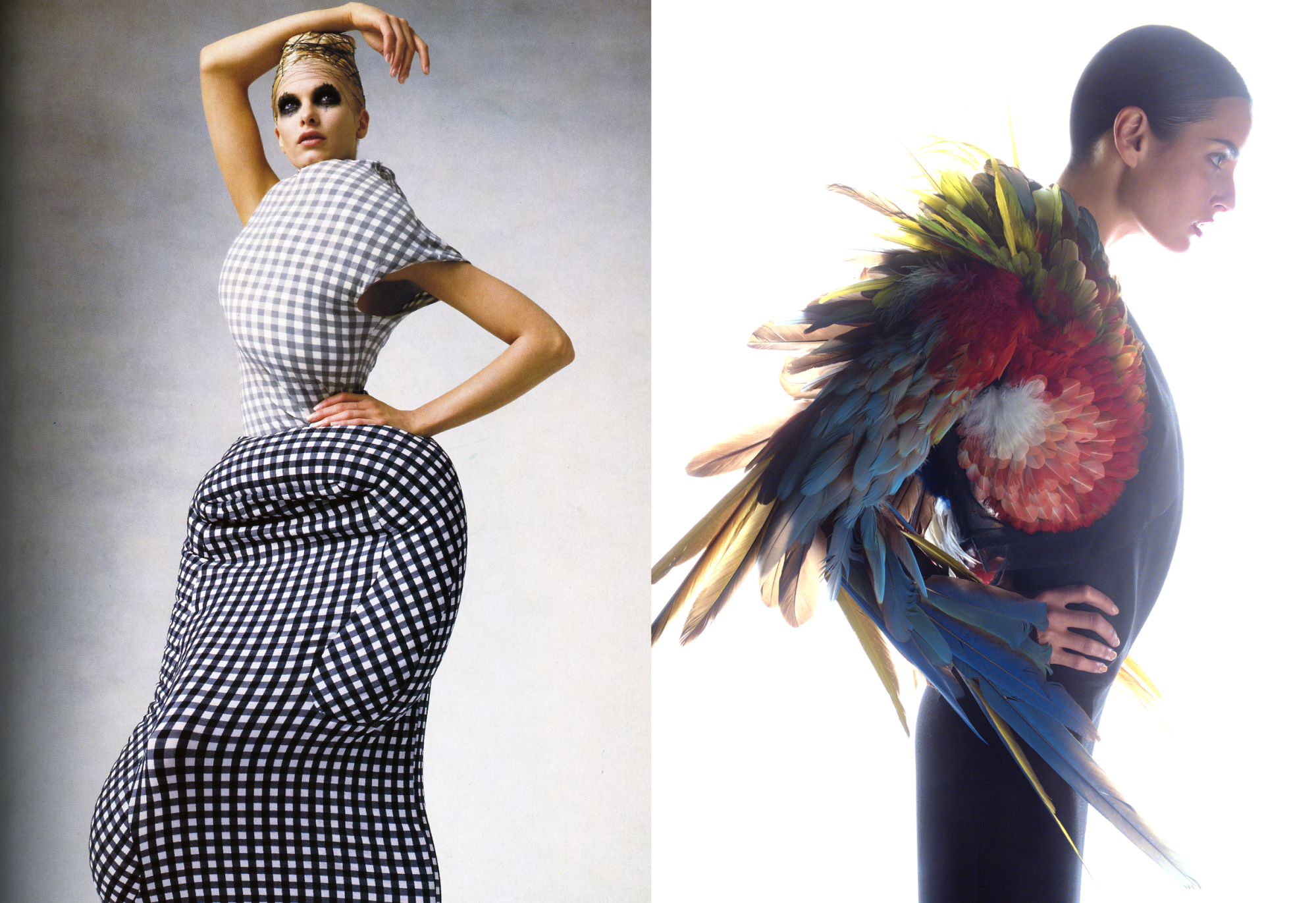If you think Y2K was the biggest cultural turning point of the recent past, a new Parisian exhibition begs to differ. 1997 FASHION BIG BANG at Palais Galliera (on view through July 16) focuses on fashion milestones over the course of more or less one year that functioned as a pivot between past and future. The exhibition title is based on phrasing from a Joan Juliet Buck article in what was then Vogue Paris, declaring the SS97 haute couture season so epic it was akin to radical universe expansion.
The show is laid out chronologically and documentary-style, starting on October 3, 1996 with Tom Ford’s G-string for Gucci and ending October 18, 1998 with Nicolas Ghesquière’s first collection for Balenciaga (having started as a freelance designer, he was offered a six-month trial contract and ended up staying for 16 prolific years after Madonna championed his work during her Ray of Light era).

“It’s all about turning points,” says curator Alexandre Samson, standing next to the Alexander McQueen-designed kimono-inspired dress made infamous by Björk on her cover for Homogenic. “The criteria was: it has to be a special moment.” Many fashion houses asked to be part of the show — “or asked why they weren’t present in the show,” notes Alexandre, but adhering to a strict “trailblazers only” dictum helped him sift through a plentiful timeline to find the most iconic totems.
One of those was Comme des Garçons’s prêt-a-porter SS97 “Body Meets Dress, Dress Meets Body” bump-centric collection. During the music-free runway show, a photographer allegedly guffawed: “Quasimodo!” Fashion journalist Suzy Menkes qualified the warped contours as “suggesting growth and gargoyles and phantom pregnancies”. The odd nature of the garments was a way to rethink proportion and scale, body and beauty — to jolt Western standardisation. “I maintain that seeing experimental clothing constitutes, for everyone, a sort of mental liberation,” Rei Kawakubo shared at the time. This collection also reemerges towards the end of the exhibition, with eight stretch-fabric goose feather-plumped costumes (for both genders) used in a Merce Cunningham-conceived performance at BAM in Brooklyn and Palais Garnier in Paris. To give an idea of the pioneering mind at play, the choreographer had previously collaborated on costumes with Marcel Duchamp and Andy Warhol.
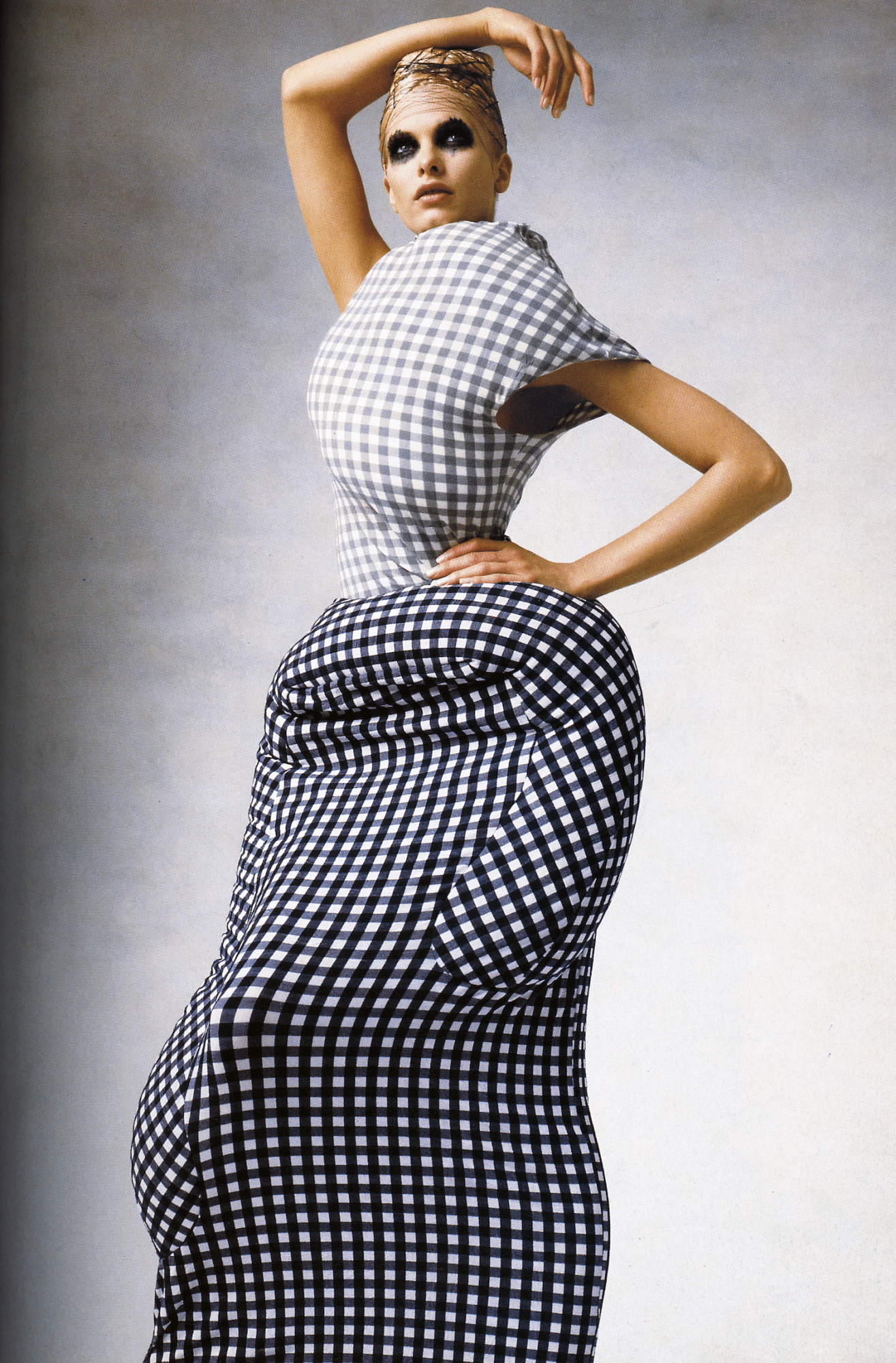
Other special moments include Martin Margiela’s “Stockman” collection, which upended the notion of fashion as producing a polished, finished product separate from the creation process. The visual vocabulary of the atelier was baked into the garment itself, bringing the behind-the-scenes fully centerstage. Another was the Alexander McQueen-helmed Givenchy prêt-a-porter SS97 — designed when he was just 27 — featuring a show in which Shalom Harlow sported a bird on her head and Naomi Campbell with golden horns.
On the menswear side, there was Raf Simons’s first collection (he founded his fashion house in 1995 and debuted in Paris in January 1997) which celebrated a lanky boyish masculinity that still reigns in fashion today. Little-known artistic directors made debuts, notably Hedi Slimane at Saint Laurent (“nobody cared at the time — nobody saw this as an incredible career event,” Alexandre marvels) and Stella McCartney, who took over Chloé from Karl Lagerfeld. The exhibition also nods to concept store Colette, which opened on Rue Saint Honoré in 1997. Not only did the boutique blend fashion and lifestyle, it also presciently acquired a website — revived here, fittingly, on a bulky vintage desktop iMac — and by the early 2000s initiated online sales. How we consume has changed so exponentially since the birth (and sad departure, in 2017) of this much-loved boutique, it is almost hard to register.
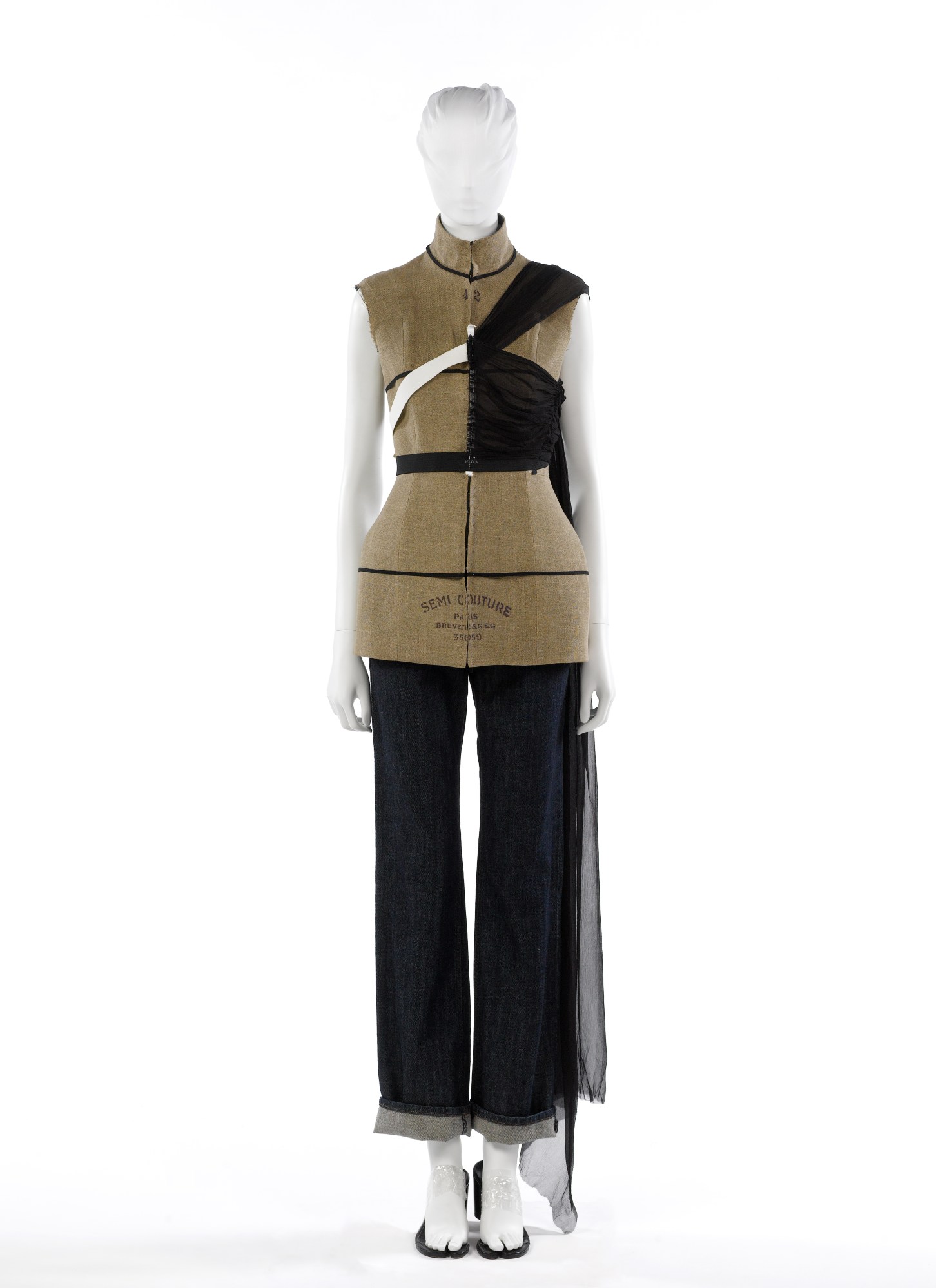
Beyond the fashion industry, there are glimpses into the way fashion phenomena bled into other worlds. Los Angeles-based photographer Philip-Lorca diCorcia bridged a documentary feel with fashion photography in September 1997: in a sample from his Lost Angels series, we see model and i-D cover star Kristen McMenamy standing forlornly in a Donna Karan strapless dress. “At the end of the 90s, when you did art, you didn’t do fashion, because it’s, like, ‘undermining your work’,” notes Alexandre. “This was a starting point collaboration between art and fashion again, as it had been in the 1930s, and as we know it now.”
An unexpectedly playful pop culture moment surfaces in a clip from The Simpsons (season 9, episode 22, “Trash of the Titans”) featuring a U2 cameo in which Bono wears a Walter Van Beirendonck shirt. Van Beirendonck was known for outfitting ravers, not mainstream bands, but Bono wearing this shirt shifted the possibilities of male style in the wider public eye. “That’s one of the first times an underground designer is in The Simpsons. It echoes when Balenciaga did The Simpsons special because Demna was a student of Walter,” Alexandre remarks.
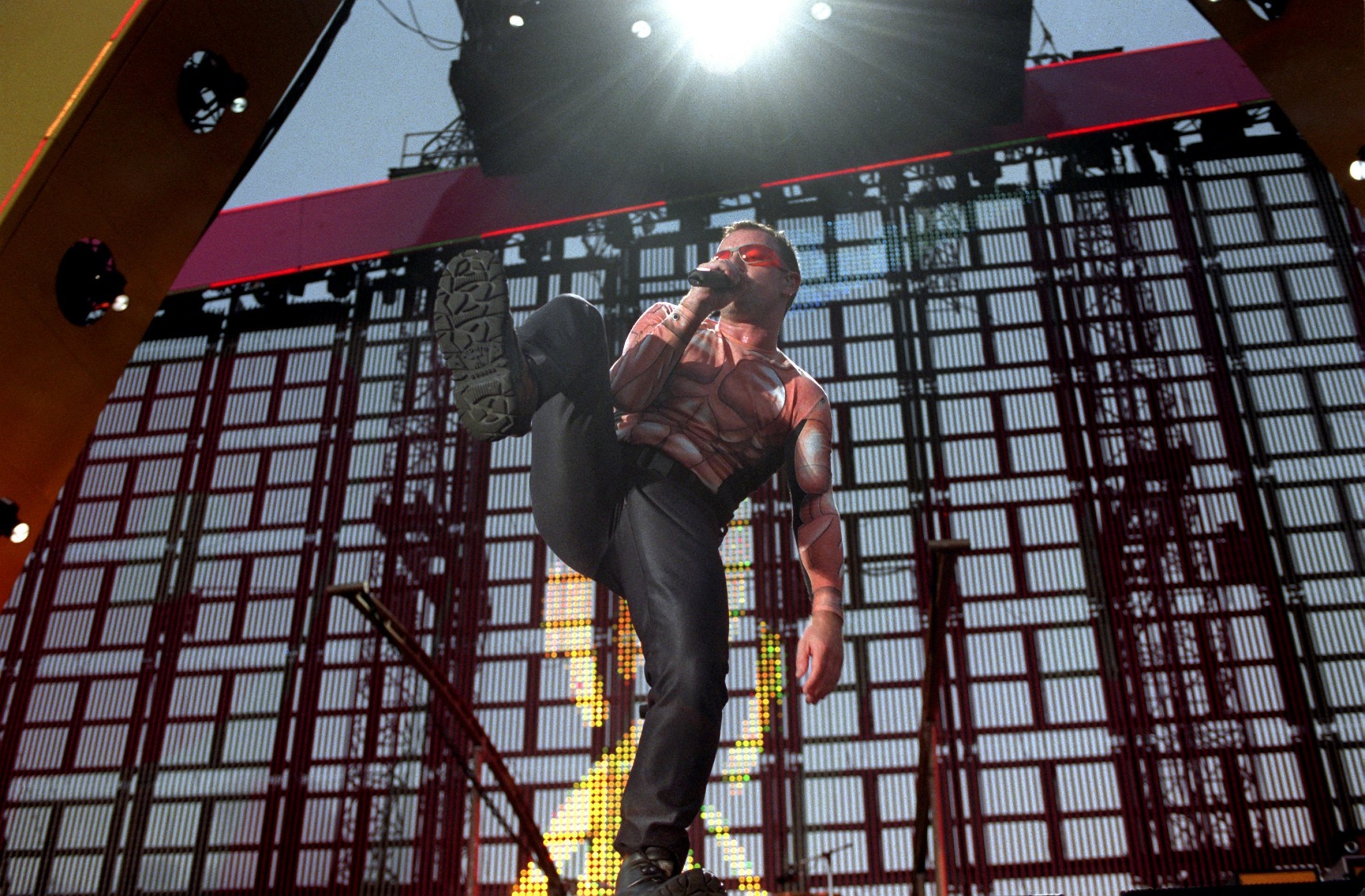
If there’s a key takeaway from fashion in 1997, it’s the importance of valuing “authenticity, and independence,” says Alexandre. “Not being afraid of being a freak — of being yourself, and not trying to please social media. Designers are afraid to make a misstep; they’re so afraid of backlash.” What has been lost, in a sense, in under 20 years, is the insouciance of creative spirit, of not laying in wait for reactivity. It’s not that criticism wasn’t a factor in the past — Alexander McQueen was upset that his first collection for Givenchy was panned by fashion critics as “too costume-y” — but the speed and the intensity of it today has no parallel.
This doesn’t mean that designers shouldn’t be held accountable for insensitivies or oversights, just that the landscape has irrevocably changed — a lack of diversity in casting and culturally appropriated ideas are no longer passing as status quo. “These are new constraints that have to be our strengths now,” Alexandre states. The introductory exhibition text acknowledges how fashion “is undergoing profound changes (challenged by feminism, inclusivity, ecology…)” and that we can’t look at the past without seeing how far there was to come.
Contemporary designers may wrestle with different concerns now, but some things are always true. The effect of collections and design should be to wow. “I want you to feel repulsed or exhilarated,” Alexander McQueen said of his shows: “I don’t want you to walk out feeling like you’ve just had Sunday lunch… ”
‘1997 FASHION BIG BANG’ is on show at Palais Galliera until July 16
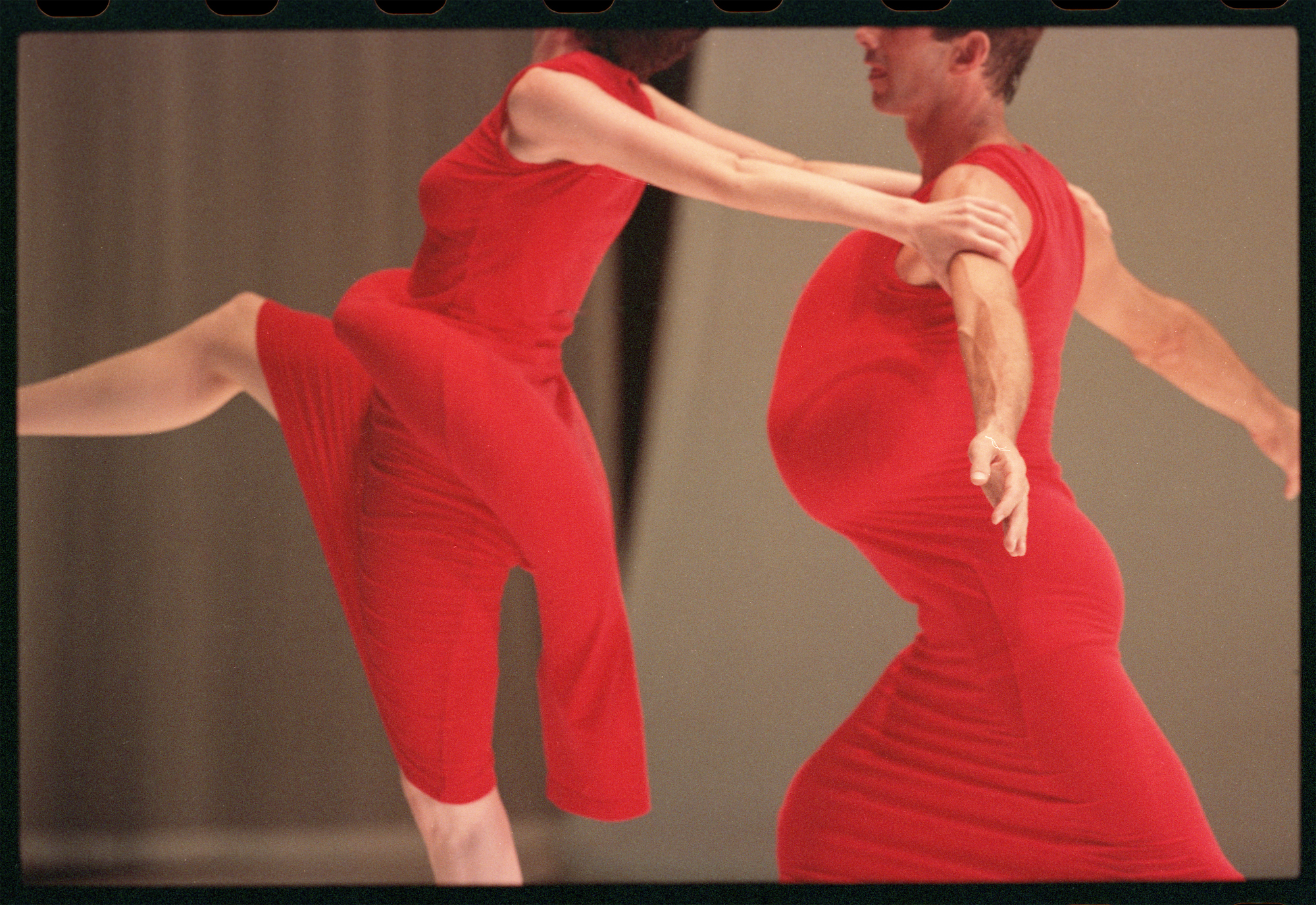
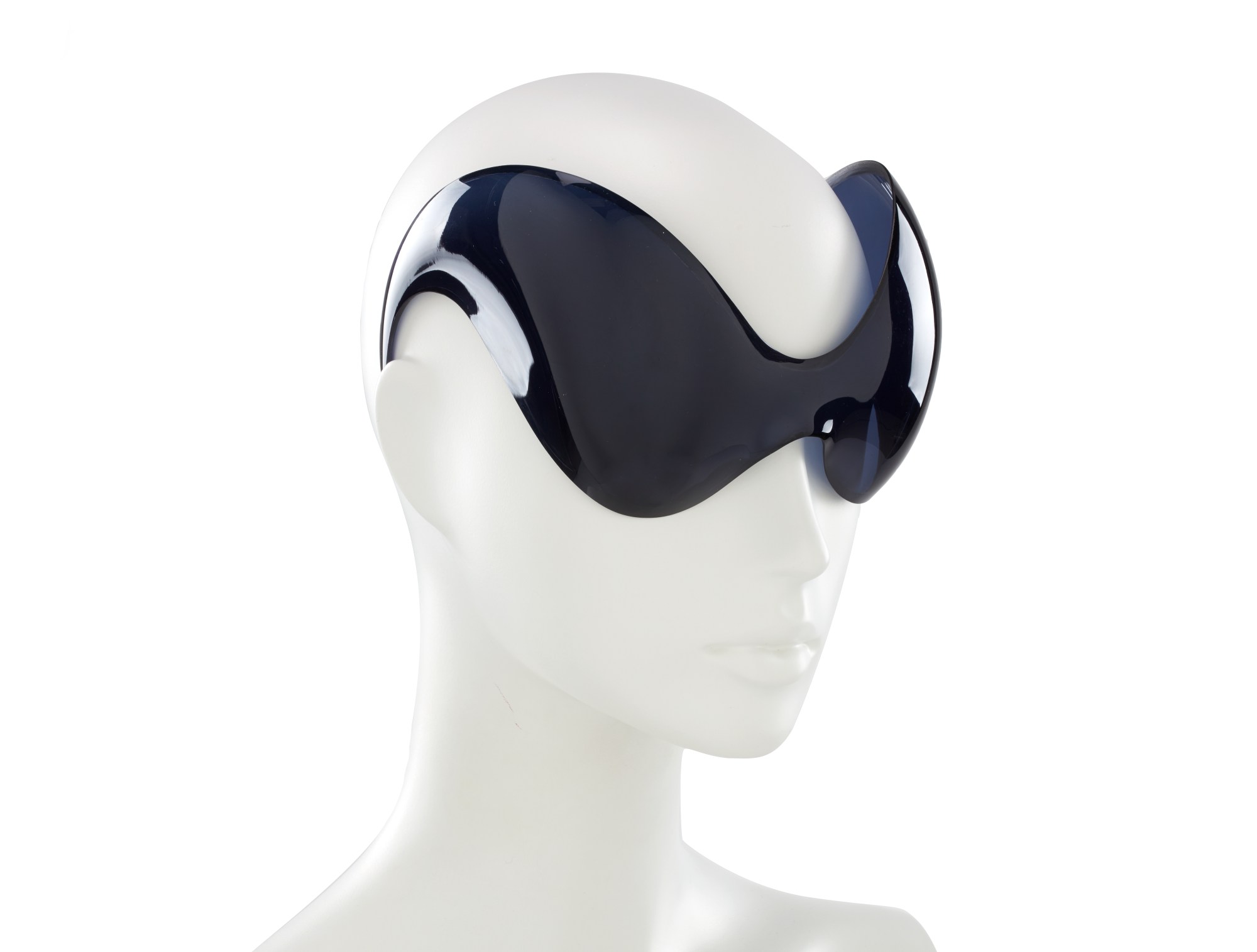

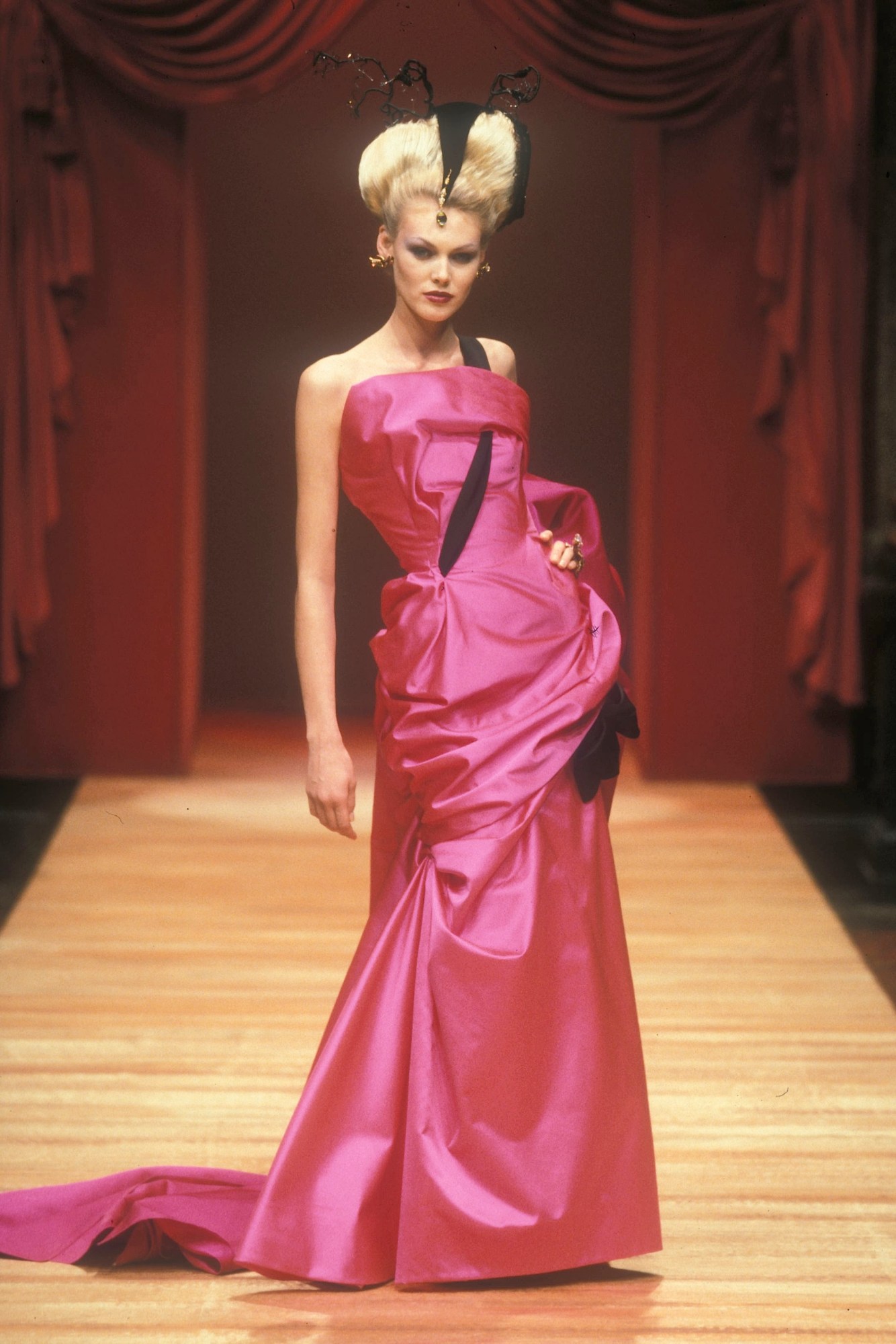
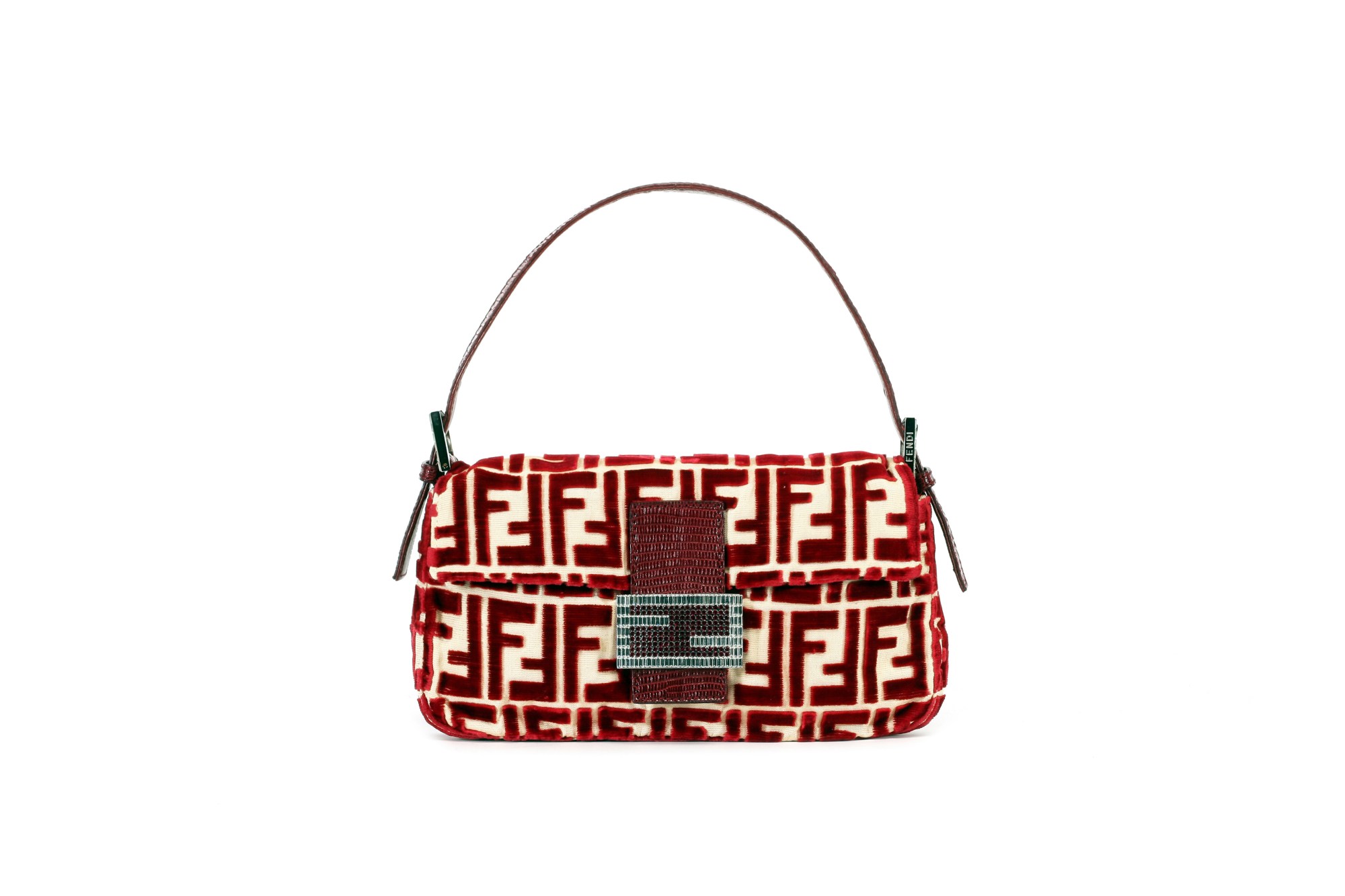
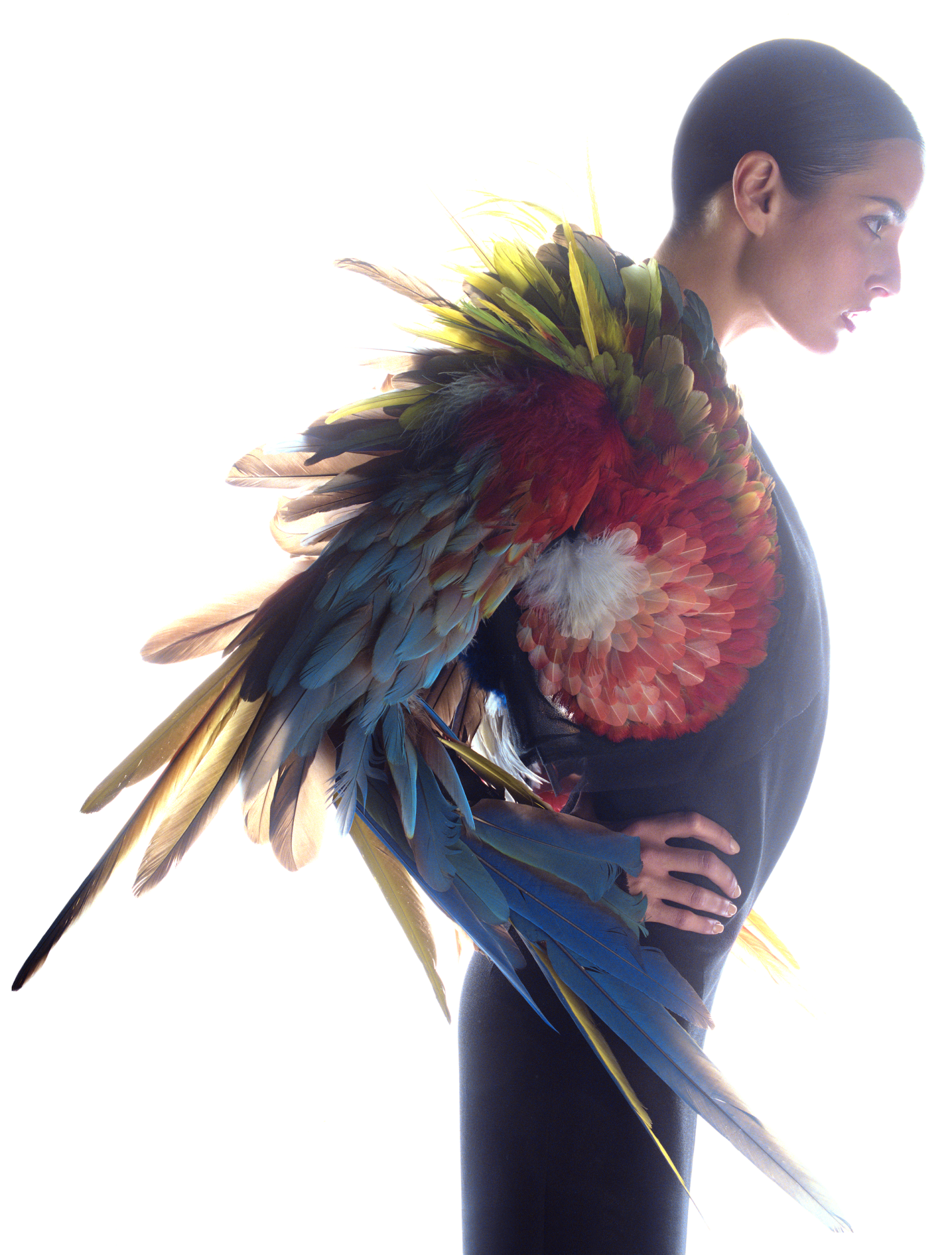

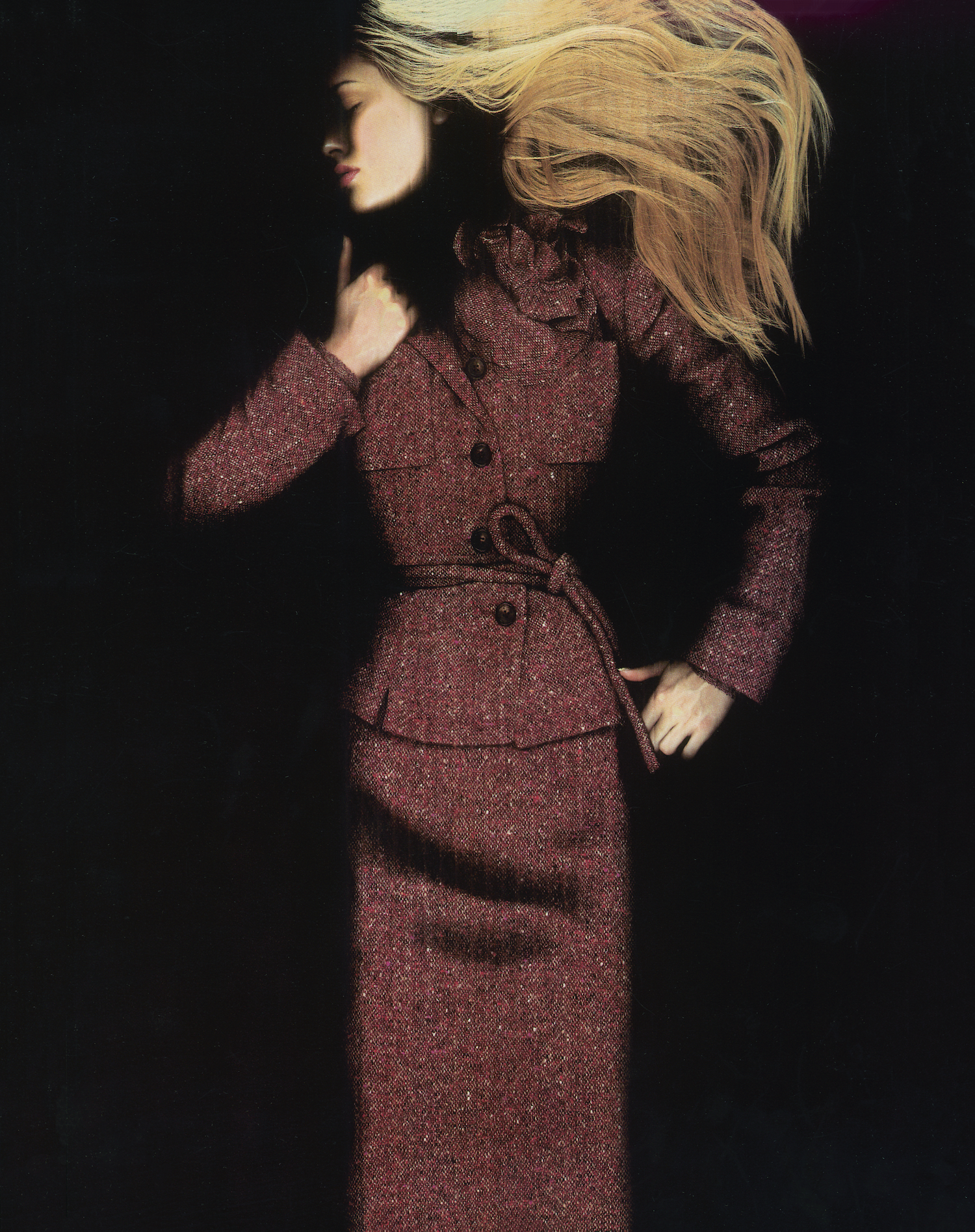
Credits
All images courtesy Palais Galliera
